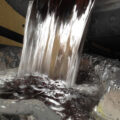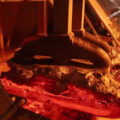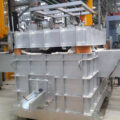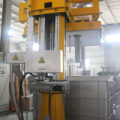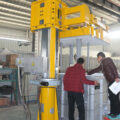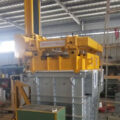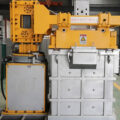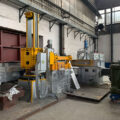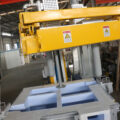The purification technology of aluminum and aluminum alloy melt can improve the quality of secondary aluminum. The hydrogen content and non-metallic inclusions in aluminum and aluminum alloy melts have an important impact on the quality of secondary aluminum. Therefore, the aluminum and aluminum alloy melt must be purified.
A common method for purifying aluminum and aluminum alloy melts is to use inert gas to refine the melt in the holding furnace, and use glass cloth to filter the melt during the transfer process. Generally speaking, the purification effect of furnace melt purification treatment on aluminum and aluminum alloy melts is quite limited.
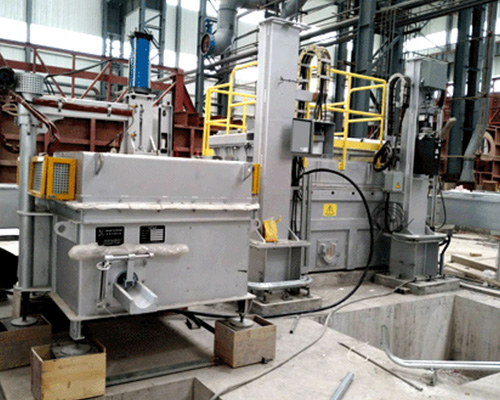
With the continuous improvement of the quality requirements for secondary aluminum, this type of aluminum and aluminum alloy melt processing methodds can no longer meet the requirements. As a result, MINT method (melt in-line treatment system), SNIF rotating nozzle inertflotation, Alpur rotating degassing method, LARS rotating degassing method, DBF deep bed filtration method (deep bed filtration), ceramics on-line purification technology of aluminum and aluminum alloy melt such as ceramic tube filtration and CFF ceramic foam filtration.
AdTech specializes in providing services for aluminum foundries, focuses on the research and development of online degassing filter equipment. Our online degassing system, CFF filtering system, deep bed filter device and tubular filter equipment have been used in large domestic aluminum foundries. Our ceramic foam filters, caster tip and nozzle plates, ceramic foam plugs, aluminum casting fluxes, hot top casting parts and other refractory materials have been successfully tested by large aluminum factories and ordered in large quantities.

The successful application of online purification technology in the secondary aluminum industry provides a reliable guarantee for reducing the hydrogen content in aluminum and aluminum alloy melts, removing non-metallic inclusions, and improving the purity of aluminum and aluminum alloy melts and the quality of secondary aluminum.



